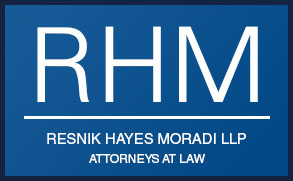Dietz v. Ford (In re Deitz), — B.R. — (9th Cir. BAP April, 2012)
Issue: May the bankruptcy court enter a final judgment for money in a non-dischargeability action given Stern v. Marshall? Did the bankruptcy court properly find fraud on these facts?
Holding: Yes on both Judge Richard Ford, Eastern District of CA
Pappas, Dunn, Markell
Opinion by Pappas, concurring opinion by Markell
The debtor, a contractor, agreed to do work on Fords’ home. His license was suspended at the time and, in any event, he collected 25% more than the contract price and ultimately did only about 65% of the work. At trial, the bankruptcy court found fraud under 523(a)(2) as well as under 523(a)(4) and willful and malicious injury under 523(a)(6). He entered judgment against the debtor for $368,000. On appeal, the debtor argues that under Stern v. Marshall, the bankruptcy court cannot enter a final judgment either as to the dischargeability of the debt or the amount of the debt.
The BAP affirmed. As to the court’s power to enter final judgment, the BAP said that non-dischargeability “claims arose under the Bankruptcy Code, subject matter jurisdiction existed in the district court, and by its referral, in the bankruptcy court, as well. Moreover, “determinations as to the dischargeability of particular debts . . .” are expressly included in the statutory list of core proceedings. 28 U.S.C. § 157(b)(2)(I). As a result, Congress has provided that the bankruptcy court may enter a final judgment on exception to discharge claims, subject only to appellate review. 28 U.S.C. § 157(b)(2)(I). Indeed, since 1970, the bankruptcy court, via the reference from the district court, has had the exclusive authority to determine the dischargeability of debts under § 523(a)(2), (4) and (6). See § 523(c)”
As to entry of a monetary judgment, the BAP said, “The Ninth Circuit has also expressly held, pre-Stern, that a bankruptcy court may enter a monetary judgment on a disputed state law fraud claim in the course of determining that the debt is nondischargeable. Cowen v. Kennedy (In re Kennedy), 108 F.3d 1015 (9th Cir. 1997).” It comments that it must follow the 9th circuit unless the Supreme Court unless it is “clearly irreconcilable.” As to the finding of fraud, the BAP said the court’s findings were not clearly erroneous.
Read more…




